It all started with this question: what if a page of literature can be used as the source to create some sort of dance music?
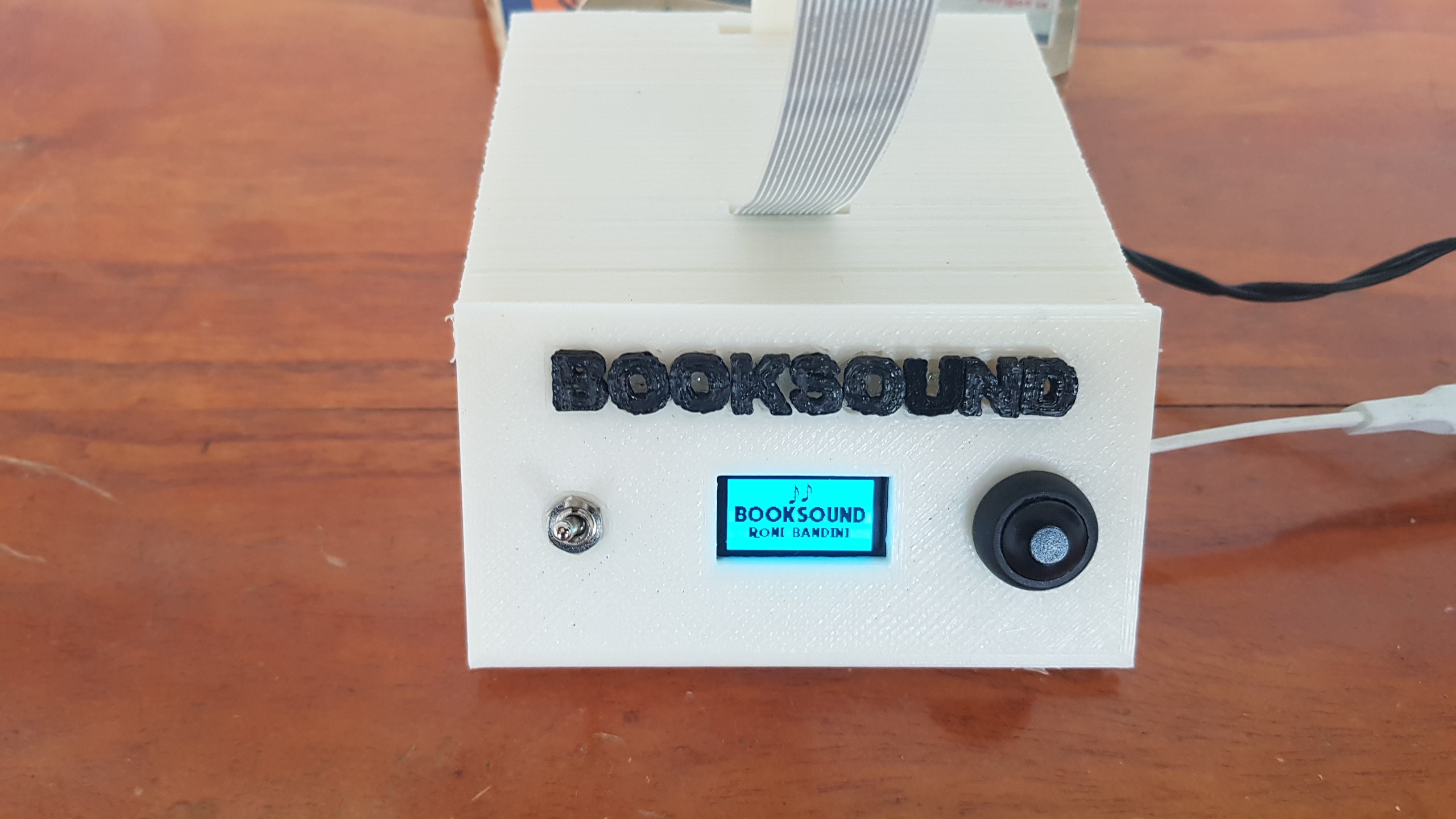
Wouldn’t it be great to have dance music 100% created using pages from Hemingway, J. D. Salinger, Hunter S. Thompson or Jack Kerouac?
Of course several parts had to be combined: a camera or scanner, a computer, Optical Character Recognition software, text manipulation routines, libraries to create multi-track sound files... and lots of details.
I have developed a first version using only software over a Linux desktop with Ubuntu. Then I have decided to create a portable machine– 4x5x2 inches -named BookSound.
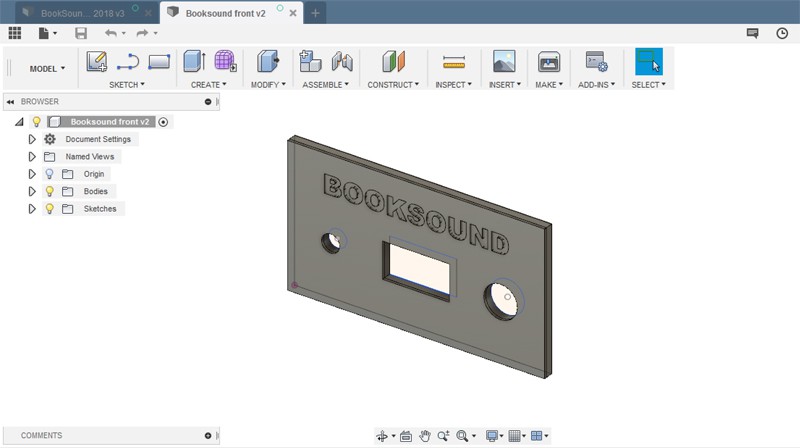
What components were used?
- Raspberry Pi
- Raspberry Pi camera
- Oled display
- Button, a switch , cables
- A custom 3d Printed case
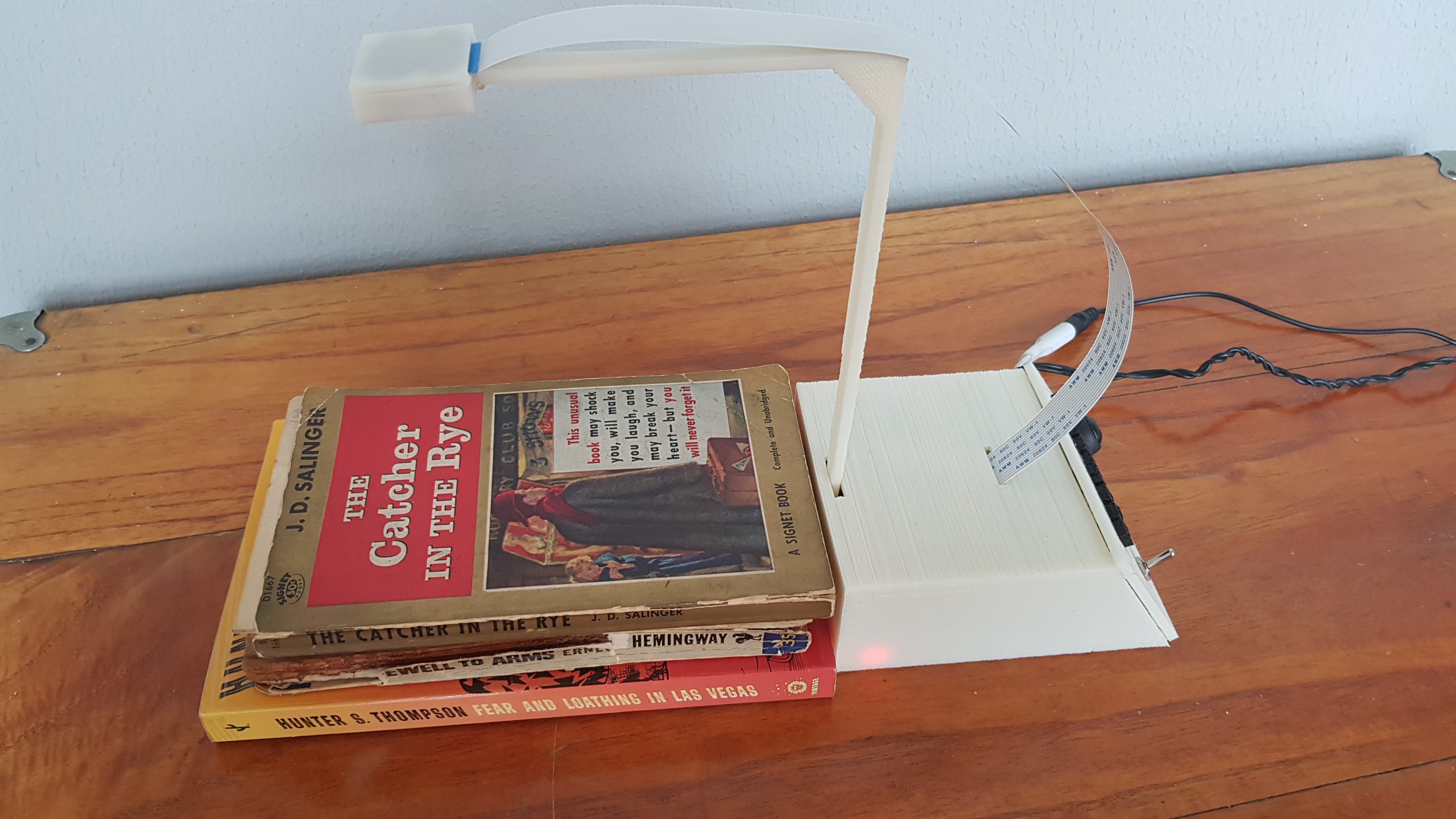
Regarding machine operation:
1. Open a book and place a page under the machine arm
2. Press the black button on the front
3. Wait for the machine to scan, run OCR and map the music
Due to Raspberry Pi performance, it could take up to 2 minutes to create the music. Then, you can start dancing...
OLED screen displays messages about what the machine is doing including words recognized, bits per minute, etc.
Future plans?
I'm working on a better mapping between text and music and I would like to present Booksound machine in a literature event, so readers are able to dance book pages.
Thanks for your attention @ronibandini
 Roni Bandini
Roni Bandini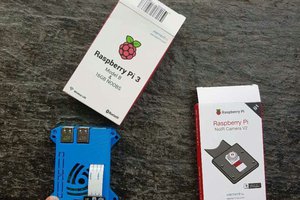
 Shreyasvi Natraj
Shreyasvi Natraj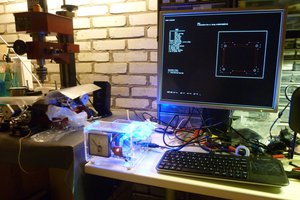
 marcell marosvolgyi
marcell marosvolgyi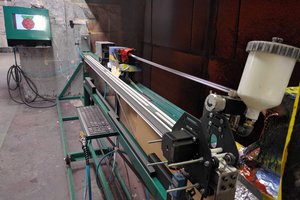
 SlyScience
SlyScience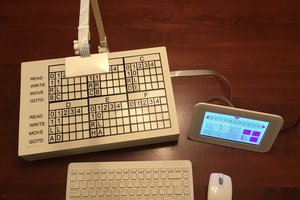
 Michael Gardi
Michael Gardi